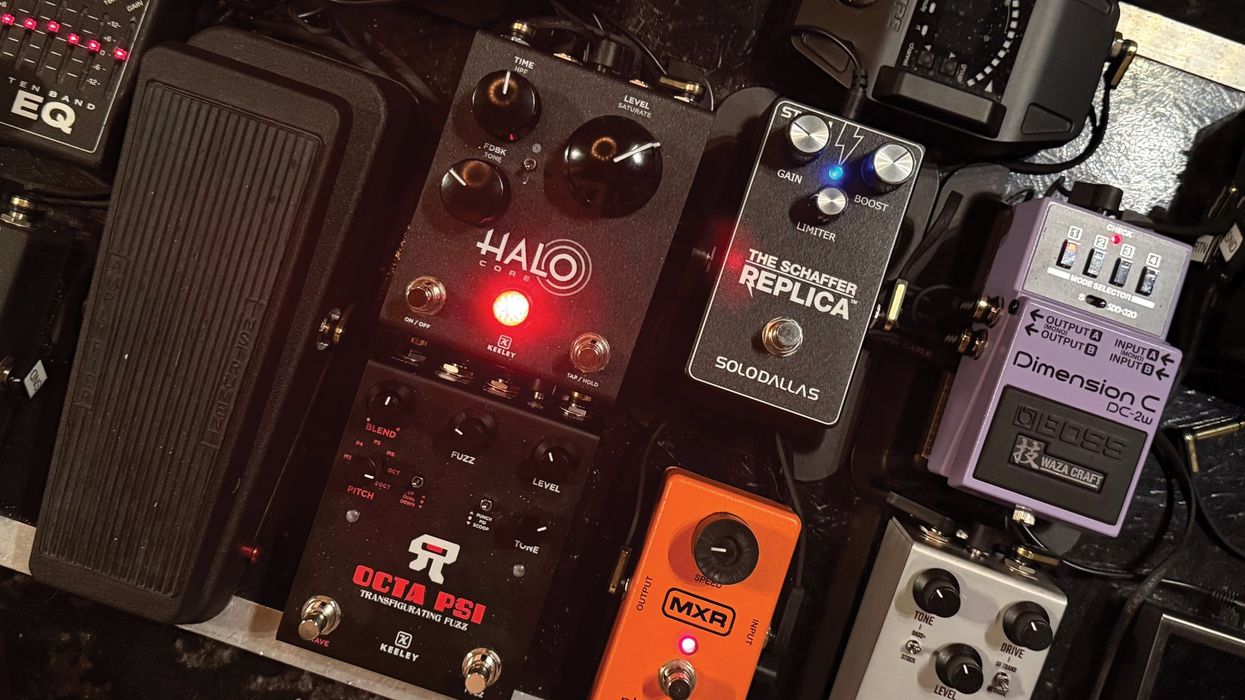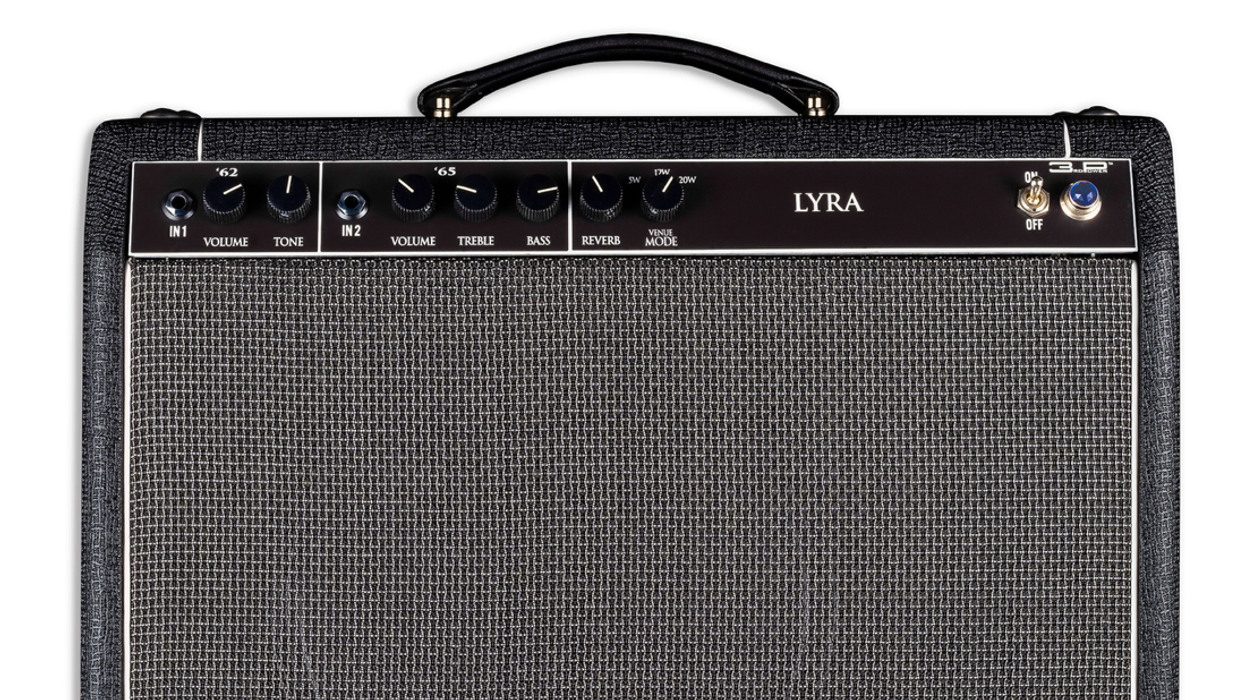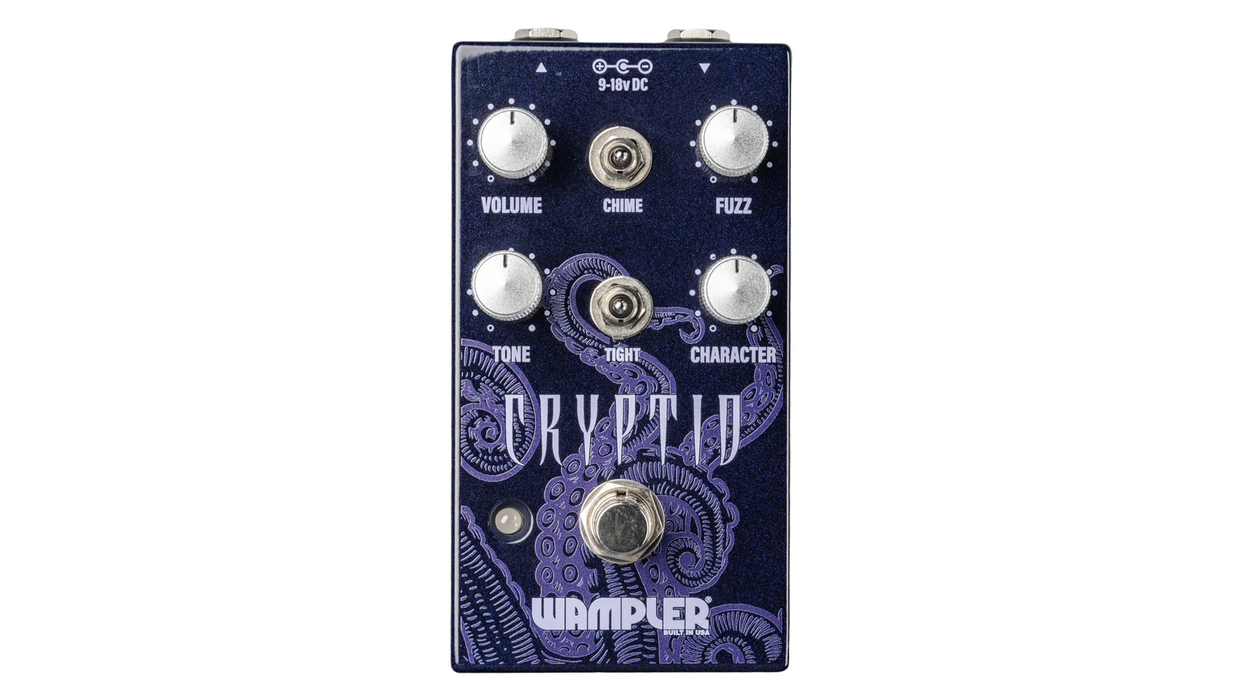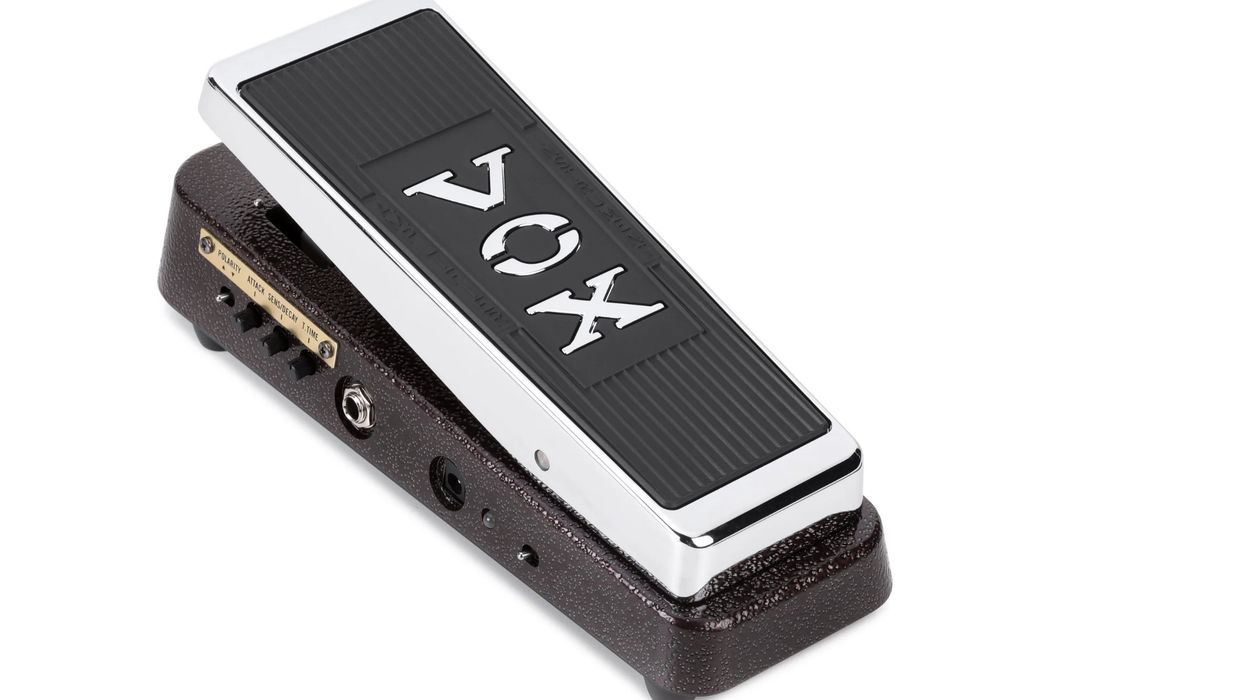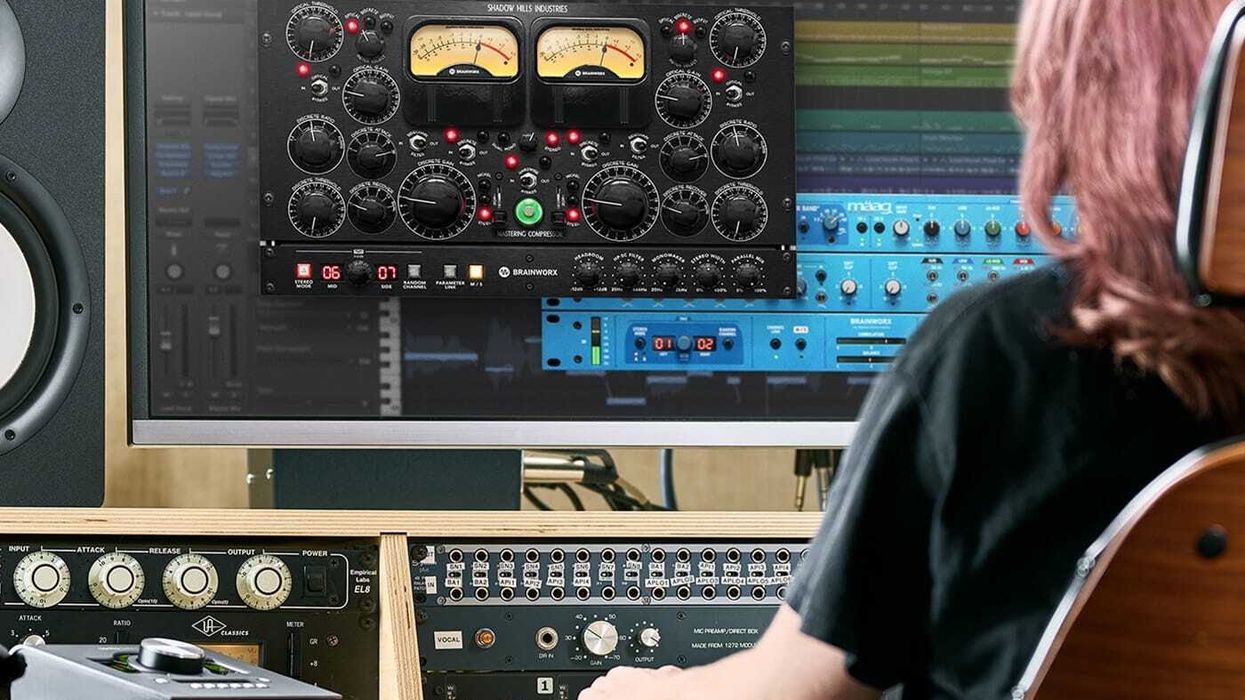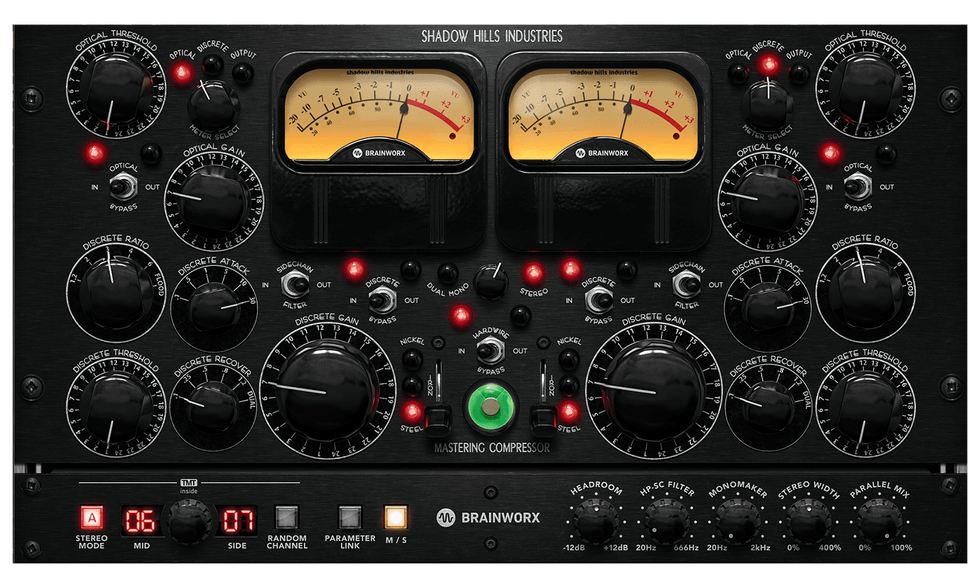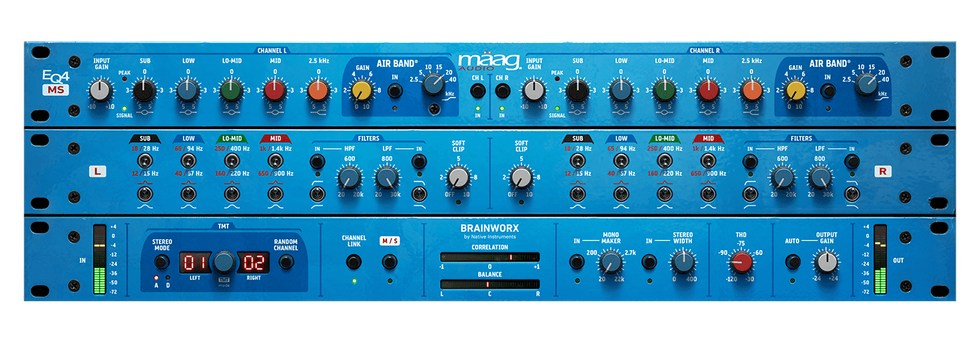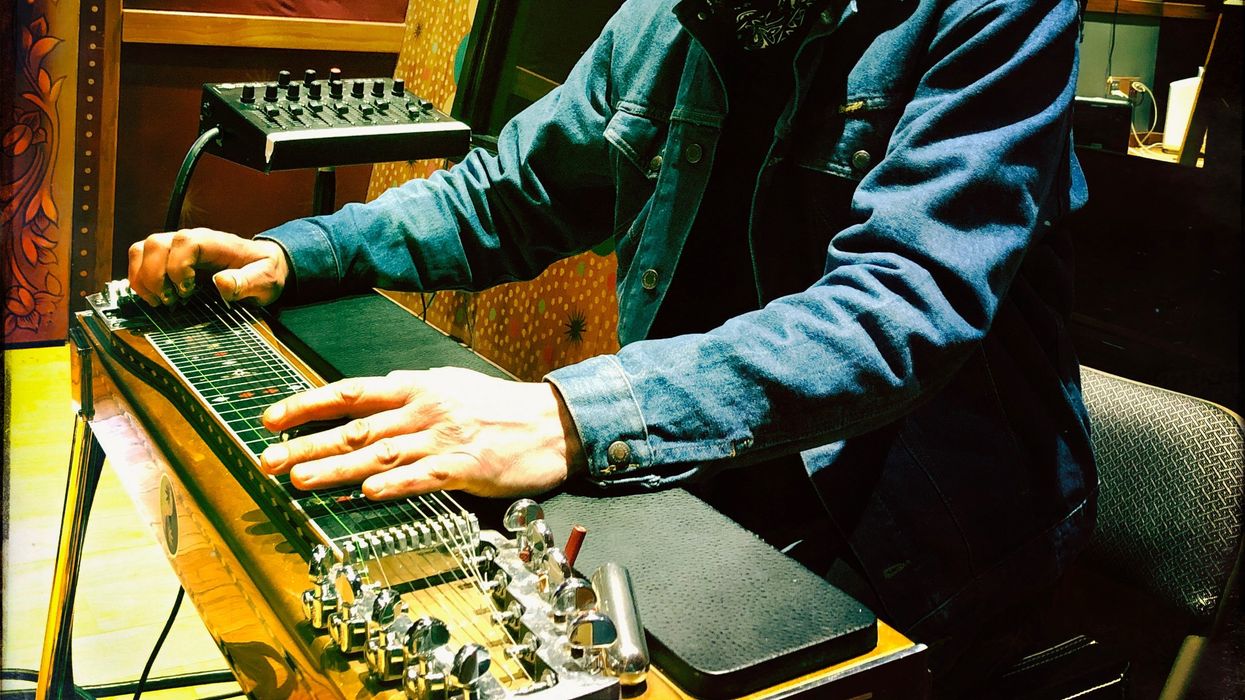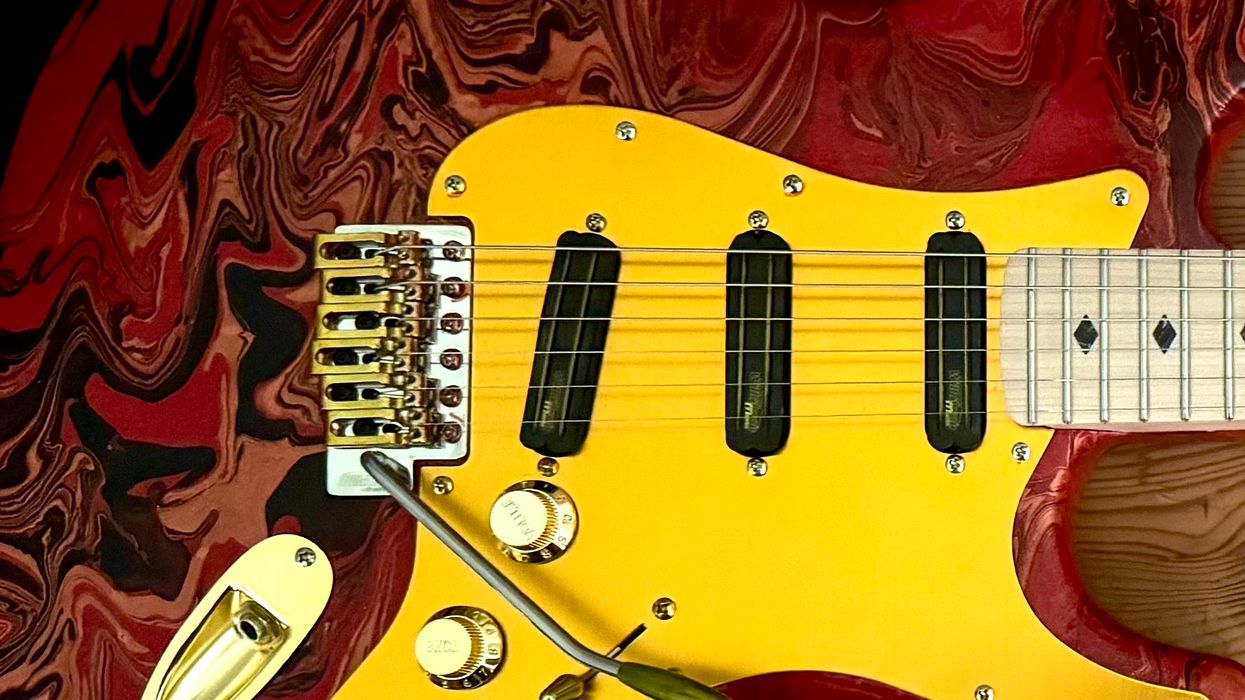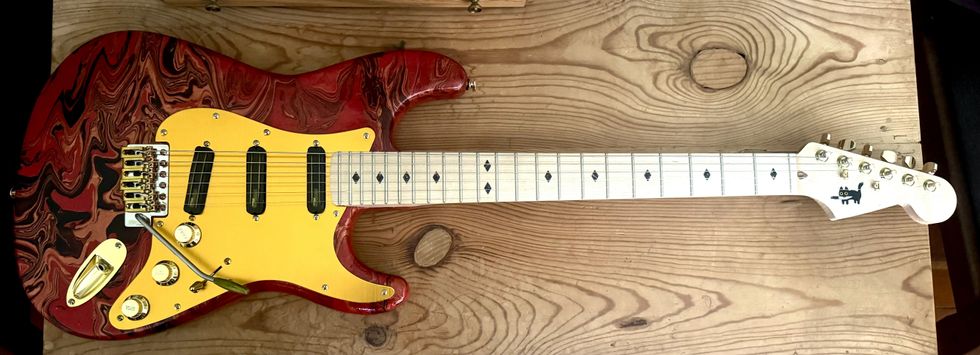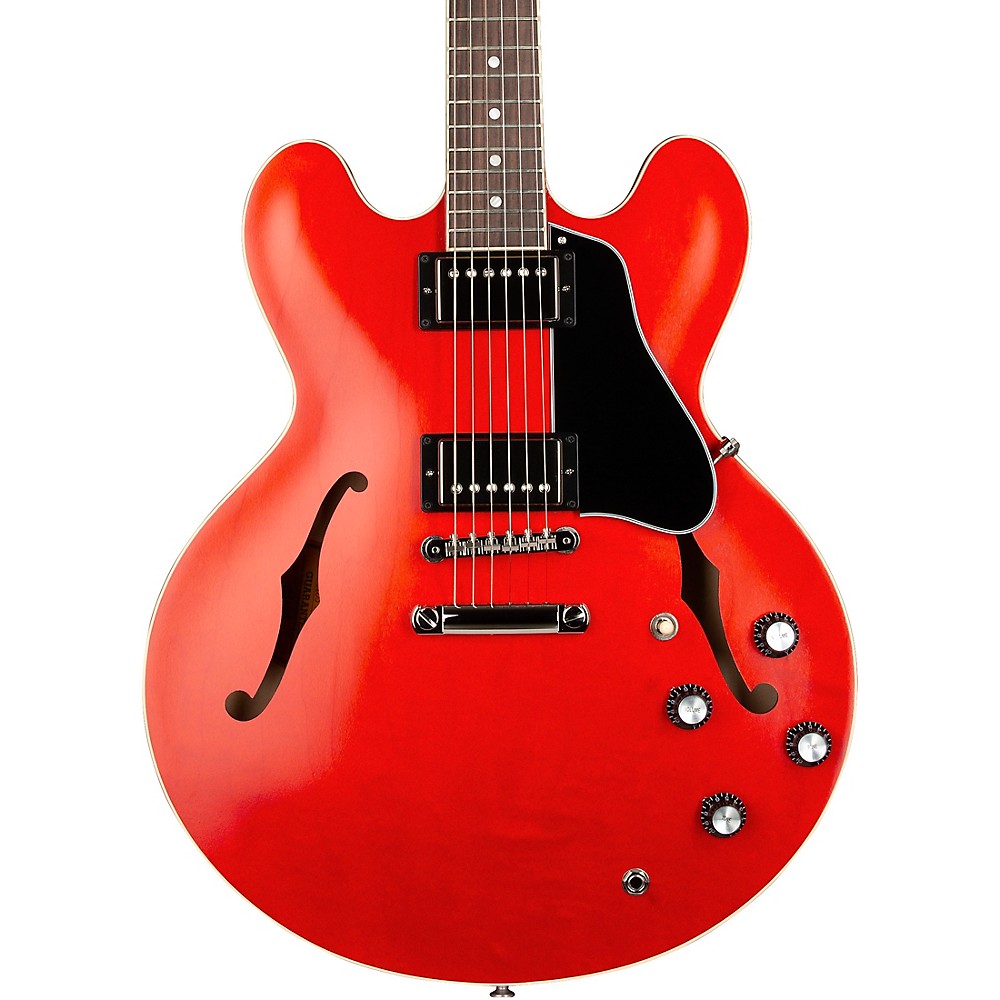Given the DIY nature of this issue, I thought it would be appropriate to address good soldering technique. Because we have a limited amount of space, I won’t talk too much about tools, you can read about them in Dirk Wacker''s article this month, but suffice it to say you’ll want a decent soldering pencil (a small type of soldering iron) of at least 25 watts, though 40-60 watts is probably better. You’ll also want a stand to hold the iron when not in use, a damp sponge, and some solder. You should also have some basic hand tools, such as wire strippers, needle-nose pliers, wire cutters and something to hold the wire in place while a solder joint cools. You can use a small screwdriver for this, although there are tools sold specifically for this, available through an electronics supply house.

Step 1: Prepare the Joint
Don’t hold the wire with your hands. For every joint, you need to find a way to hold the wire in position without using your hands. Wrap the wire through the solder lug once to make it hold tightly on its own, use tape to hold it in place, lay a pair of pliers on the wire to hold it firmly where you want it, or use a mechanical soldering aid to hold it. Use whatever works, except your hands. When you make a solder connection and rely on your hands to hold the soldered wire steady while the joint cools, you will fail – no human hands are steady enough to hold anything perfectly still, and you want the wire to remain absolutely motionless while it cools. If there is movement, internal fractures in the solder will be the result.
Step 2: Clean the Tip
Use a good soldering iron and keep the tip clean – you can use the damp sponge for this. The tip must be cleaned before each and every joint. Solder produces a byproduct called dross very, very quickly, and the dross fouls the tip, preventing good heat conduction and introducing waste material into your solder joints.
Step 3: Tin the Tip
Tin the tip of the iron with fresh solder immediately before you get on the joint with the heat. Simply feed solder directly onto the tip of the iron so that it’s completely coated – a tinned tip will provide for much better heat conduction than a tip that’s clean but not tinned.
Step 4: Remove the Excess Solder
Shake off the excess solder after tinning – you want the tip coated, but not dripping. We have fire-resistant containers beside our soldering benches, and we tap the barrels of our irons on the edges of these containers after tinning, which knocks the excess molten solder into them. You can use any fire-resistant container for this, such as a tin can or ceramic container – just use care not to start a fire. The risk of a fire is very low, since solder melts at such a low temperature, meaning molten solder is unlikely to ignite even highly-flammable materials like paper, but use care anyway!
Step 5: Get on the Joint Right Away
As soon as you’ve gotten the excess solder off the tip, get right on the joint – by “joint” I mean the wire and the solder lug, or the wire and the back of the pot, or whatever it is you’re soldering. Dross will start to form on the tip very quickly, so as soon as the tip is prepared, start soldering.
Step 6: Heat the Joint
Heat the joint, not the solder. You want the joint to be hot enough to melt the solder. It’s a given that the iron is hot enough to melt the solder – just feed a little into the tip and you’ll see. But you want the joint itself to also be hot enough to melt the solder, so that if you feed solder into the joint without touching the iron, the solder will melt and be attracted right to the joint. You can watch the solder actually wick out onto the surface that you’re soldering to – this is what you want. If you’re soldering to a ringshaped solder lug, then you’ll want to fill it completely with solder, which will maximize the mechanical strength of the joint.
Step 7: Get Off the Joint
As soon as the solder has wicked to the joint properly, remove the heat from the joint. Most components can stand a fair amount of heat, but some are more susceptible to damage than others, so there’s no need to push your luck. Pots are fairly durable; unless it’s a cheap pot, it’s highly unlikely that you’re going to damage one by trying to solder a wire to its back. But again, no need to push your luck. So as soon as you’ve completed the joint, pull the iron away and let the joint cool, with the components remaining motionless.
Like most skills, proficiency with soldering is acquired through practice. Employing good technique will allow you to become competent all the more quickly, so follow these steps, and you’ll be soldering like a pro in no time! You should probably practice on projects that aren’t expensive or mission critical – you might want to think twice about rewiring your only guitar before that gig with Clapton tonight. But if you keep at it, you’ll be one step closer to being a consummate DIY’er.
George Ellison
Founder, Acme Guitar Works
acmeguitarworks.com
george@acmeguitarworks.com
302-836-5301


